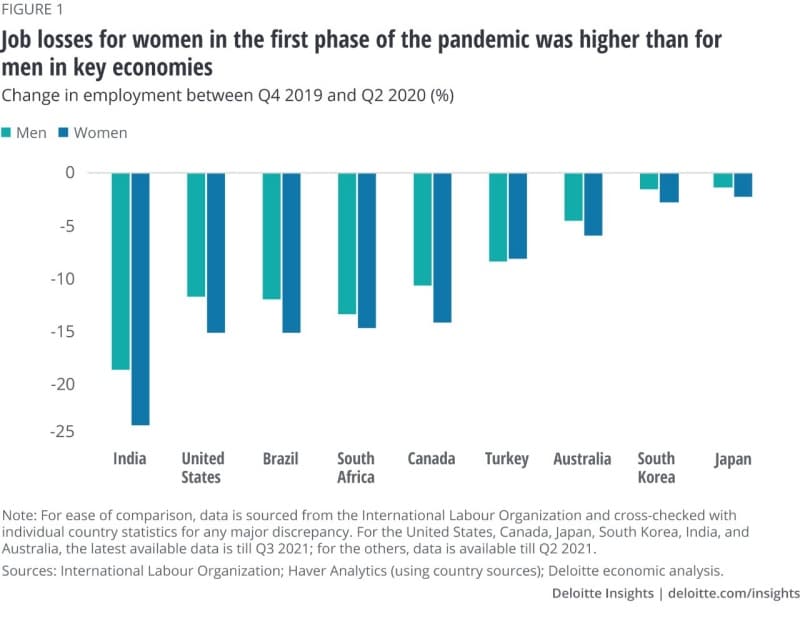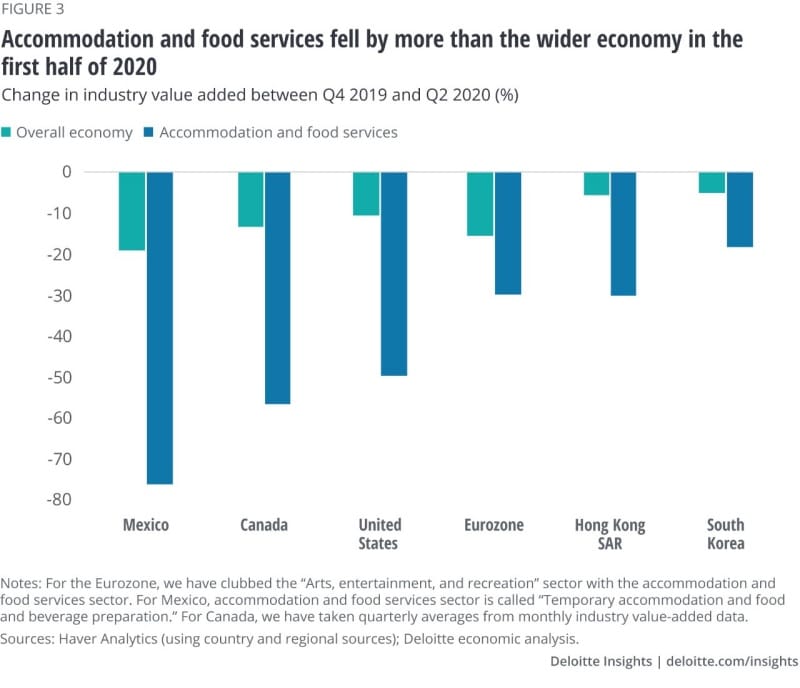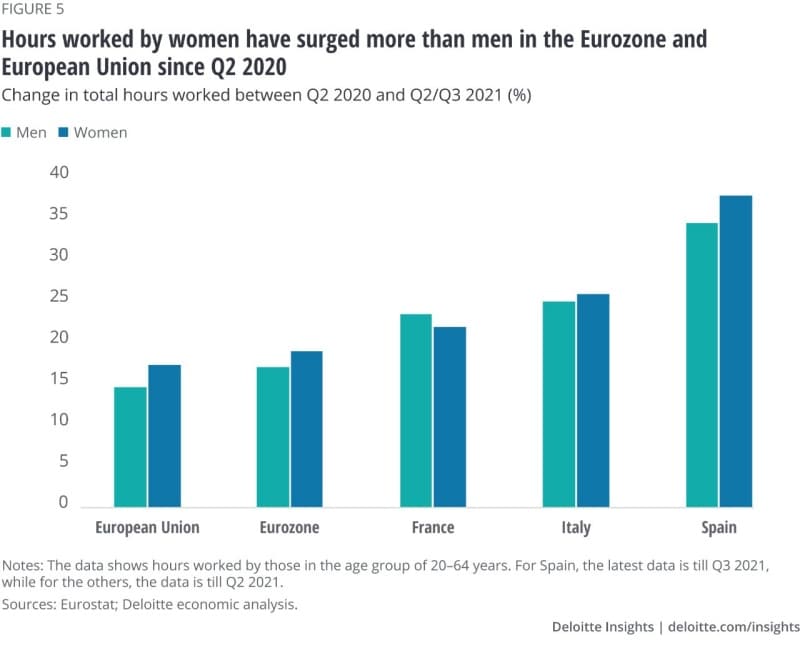The drag on the wider labor market and on female employment in general is expected given that certain sectors of the economy such as tourism, hospitality, food services, and personal care are yet to bounce back to the prepandemic levels of output. With women mostly concentrated in these sectors, it is not surprising that employment gains for women in some countries are still lower than prepandemic levels. Any emergence of new variants of the virus13 that are more infectious and may dodge some of the protection offered by existing vaccines will only push up risks for these sectors. As for popular international travel destinations in Europe and Asia, the return of foreign tourists will be complicated by domestic rules on travel and quarantine, and differing protocols on recognizing vaccine certificates.14
The slow pace of vaccination in some countries, including for children,15 coupled with the rise of new variants of the virus may also delay complete reopening of schools and day care facilities. This is likely to weigh on the pace of return to the labor market of mothers who gave up their jobs to take care of their children during the pandemic. Even if schools and day care centers become available, traditional dynamics of the labor market will slow the return of mothers while some of them, especially those with children who are unvaccinated, may not prefer to return to work.16 There are also other factors at play. In India, for example, married men are more likely to return to the labor force after losing jobs during the lockdown than married women due to gender-related roles at home and other socioeconomic factors.17 Factors such as these will serve as setbacks to the efforts at strengthening gender equality across the world, especially in countries where the labor force has traditionally been the bastion of men.18
There’s much more going on for women than just employment woes
The disparity of the pandemic’s impact on men and women is evident even outside the labor market. During the pandemic, government support helped bridge the gap for families most affected by the pandemic. But, now with the gradual withdrawal of fiscal support, poorer households are suddenly left worrying about their future. Single mothers, especially those working in sectors still reeling from pandemic-related woes, are most at risk, including risks from heightened income loss and even poverty.19
Even in households where an adult woman has lost her job and her male counterpart hasn’t, the consequences of a dip in income translates to a loss in the bargaining power for women, especially in some developing and emerging markets.20 According to the United Nations’ latest progress report on global sustainable development goals, the pandemic has not only dented progress in key goals on gender equality but also reversed key gains over the years in expanding the rights of women worldwide.21
Moreover, since the start of the pandemic, women appear to have also faced greater violence, including domestic violence. Lockdowns and social distancing restrictions have meant that women have spent more time at home in isolation with abusive partners. Particularly in poorer nations, cramped living conditions have added to the problem.22 This has also, in some cases, led to rising risk of homelessness among women. In England, homelessness due to domestic abuse went up by 12% between April and June 2021 compared to a year before, which is approximately 30% higher than the figure during the same period in 2019.23
A targeted strategy to help women is the need of the hour
The ongoing struggle to ramp up vaccination rates and deal with the emergence of the new variants of the virus may continue to limit female participation in the labor force. So, what can be done? While a government-led support to the economy may be fiscally unsustainable, especially for countries with weak government balances, public policy can step in with targeted measures such as aid for single mothers. Second, to enable greater mobility across sectors, fiscal assistance in coordination with the private sector for skills development programs may be a handy tool, especially to help women who lost their jobs or those in financial distress seeking higher-income jobs in a different sector. Finally, across developed, emerging, and developing worlds, there needs to be an increased effort to monitor and track gender violence at the household level with key strategies to counter it. If all this isn’t done, the gains in gender equality made over the past decade in many parts of the world may just fizzle out.

















